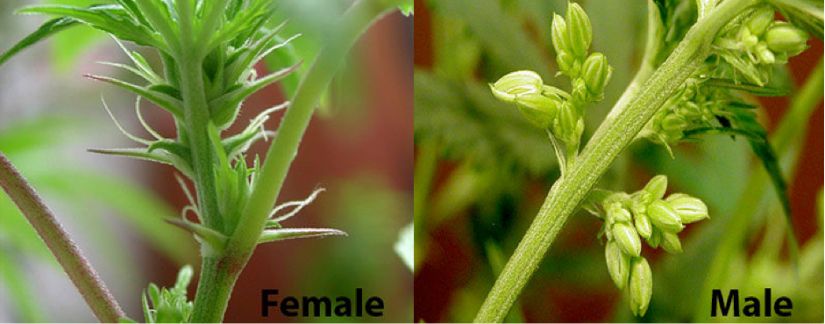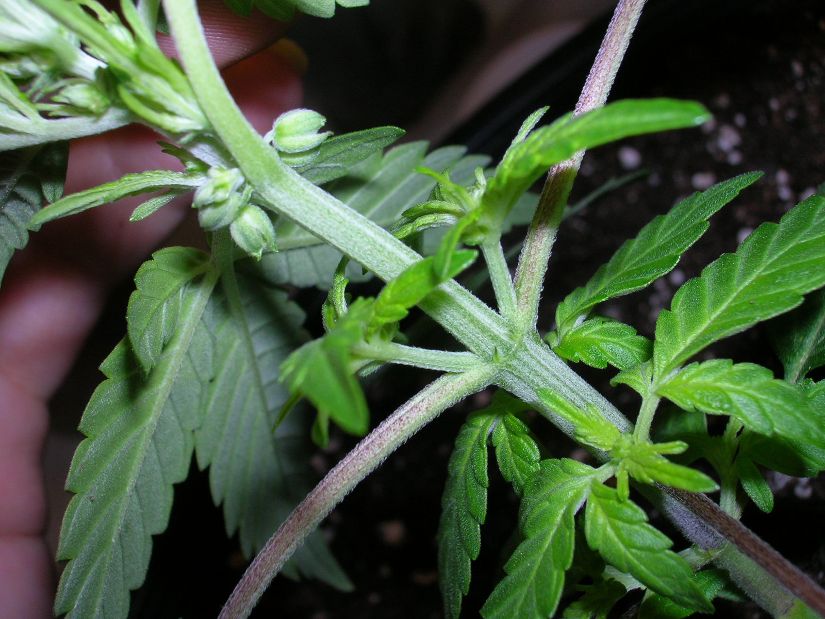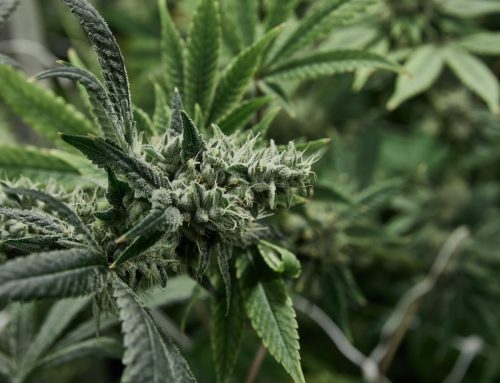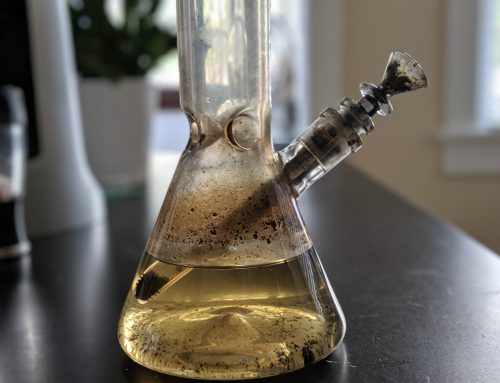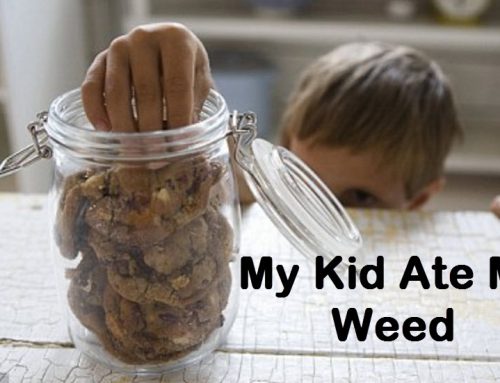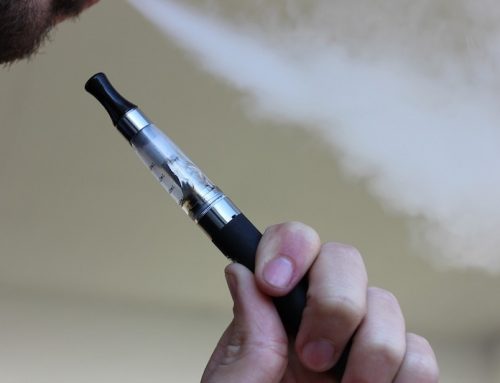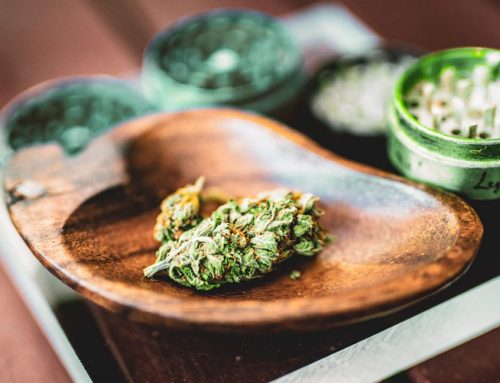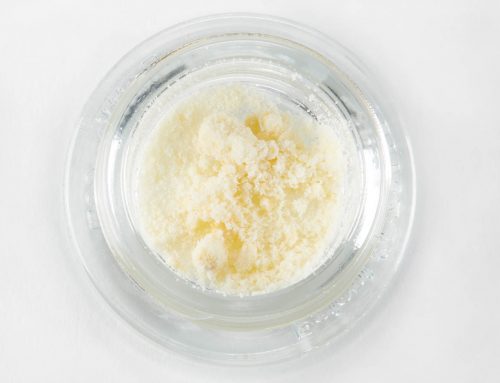In the weird and wonderful world of cannabis plants, hermaphroditism isn’t as rare as you might expect. While it’s not the kind of thing we often see affecting humans or the animal kingdom, it’s surprisingly common with plants. In fact, it is a perfectly natural feature of many plants and trees – some of which rely on the presence of both male and female flowers to reproduce and thrive. Nevertheless, this doesn’t mean that it’s a particularly good thing when you find yourself dealing with hermaphrodite cannabis plants.
When a cannabis plant develops both male and female flowers, you have yourself a hermaphrodite. Once again, this is a completely natural occurrence and so doesn’t suggest that there is anything fundamentally wrong with your crop. Nevertheless, it is a highly undesirable trait for anyone cultivating cannabis for the purposes of consumption. The reason being that what you intended to be a haul of premium-quality cannabis can in fact turn into plants chock-full of seeds.
Which is, suffice to say, never a particularly positive outcome unless you are breeding and wanting to create a stash of seeds.
Why Does Hermaphroditism Occur?
There are two reasons why you may find yourself dealing with hermaphrodite cannabis plants. It could all come down to genetics, or the problem is environmental.
True Cannabis Hermaphrodites
There are certain strains of cannabis that are genetically predisposed to produce a much higher proportion of hermaphrodite plants. For example, Thai Satvias are notorious for producing a higher percentage of plants with male and female flowers. As such, if you are looking to produce cannabis for consumption, these types of plants should be avoided. Or at least, monitored very carefully.
These are the types of hermaphrodite plants that are known as ‘true’ hermaphrodite. Hermaphroditism is largely programmed into their genetics and so it is borderline inevitable that you will end up with hermaphrodite cannabis plants. If you suspect there are any true hermaphrodite plants growing in your garden or grow space, it’s important that they be removed as quickly as possible. The reason being that they may otherwise fertilise other plants around them, preventing them from producing the quality product you’re hoping to harvest.
Environmental Hermaphrodites
Regardless of genetics, absolutely any cannabis plant across the board can potentially develop as a hermaphrodite. Research has shown that stress can influence the development of cannabis plants to such an extent that hermaphroditism may occur. Once again, this doesn’t necessarily suggest that anything is wrong with the plant – more that there is something wrong with the environment in which it was grown.
The cannabis plants produce male and female flowers at the same time as something of a coping mechanism. When flowering conditions are less than ideal, hermaphroditism occurs as a natural and effective way of shortening reproduction times and generally making it easier to reproduce. After all, if the male and female flowers are present on the same plant, it’s obviously going to be easier for the plant to pollinate the female flowers and produce seeds.
Great for the species in terms of survival, not so great for the grower!
Environmental Stresses Causing Hermphrodistism
In terms of the kinds of stresses and environmental abnormalities that are known to increase the likelihood of hermaphroditism, a few of the more common examples include:
- Interruptions of any kind during the flowering period – particular discrepancies with the provision of darkness
- Excessive heat at any time during the plant’s life cycle
- Allowing cannabis plants to flower for too long and harvesting too late
- Everyday physical stress and mechanical issues, such as aggressive pruning, root damage, broken branches and so on
- Infestation of various pests and the presence of plant diseases
- Too much or too little moisture being provided at any time
- Use or overuse of toxic or overly powerful pesticides and other treatments
Or to put it another way, almost anything that isn’t good for the overall health of your plants could also increase the likelihood of hermaphroditism.
How to Avoid Hermaphrodite Plants
Taking into account all of the above, the solution as to avoiding hermaphrodite plants where possible is relatively simple. In essence, all you need to do is maintain the best possible environmental conditions in your grow space at all times, ensure your hygiene standards are flawless, continually check your plants for signs of infestation or disease, provide them with the perfect amount of moisture and ensure the nutrient solution you provide them with is the best money can buy. And of course, you don’t want to wait too long to harvest your cannabis once it has been produced – always be sensible when it comes to deadlines.
Plus as mentioned earlier on, it’s wise to be cautious and proactive when choosing which cannabis species you intend to grow in the first place. As there are certain strains that are genetically pre-programmed to produce more hermaphrodite plants than others, you might want to stay away from these if looking to produce cannabis for consumption. If unsure, speak to the experts for more information on which strains to choose and which to stay away from.
It’s been theorised that feminized cannabis seeds are more sensitive to hermaphroditism than regular cannabis seeds. Nevertheless, there is only anecdotal evidence to support this particular theory – nothing scientific or concrete to suggest it is the case.
What to do When Coming Across Hermaphrodite Cannabis Plants
What you should do when coming across hermaphrodite cannabis plants depends on the circumstances and time they are discovered. For example, if any of your cannabis plants become hermaphrodites towards the end of the flowering cycle, the best thing to do is immediately harvest as much of the cannabis as possible. You may find it easy to separate any seeds present from the rest of the cannabis and ensure that as little as possible goes to waste.
However, if you come across plants with male and female flowers at the beginning of the flowering period, the best thing to do is eliminate them from the grow space entirely. If not, you run the risk of your entire crop being pollinated, resulting in hermaphrodite traits spreading to the offspring. With their distinctive yellow colour and banana shape, it is usually pretty easy to pick up on male flowers the moment they begin to emerge.
Depending on the strains you grow and how far into the growth cycle you detect male plants, it still may be worth salvaging what’s been produced so far. There may be a decent amount of THC in the buds that have developed so far or even the leaves of your plant, which may not be any good for smoking but could still hold value for cooking purposes. Even in the worst-case scenario, it is still worth discarding these plants where necessary, in order to protect the rest of your crop from suffering the same fate.
Last but not least, if you come across seeds in the cannabis you harvest and are not aware of any male plants in the vicinity, this means there was/is at least one hermaphrodite cannabis plant in your crop. Which in turn means that next time around, you might want to think about being a little more attentive and careful when carrying out your routine grow space inspections!

